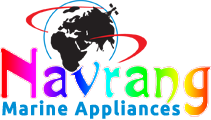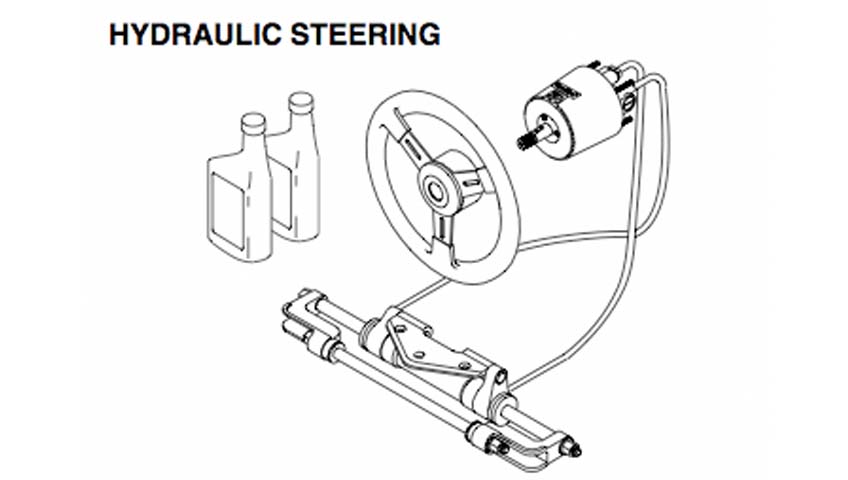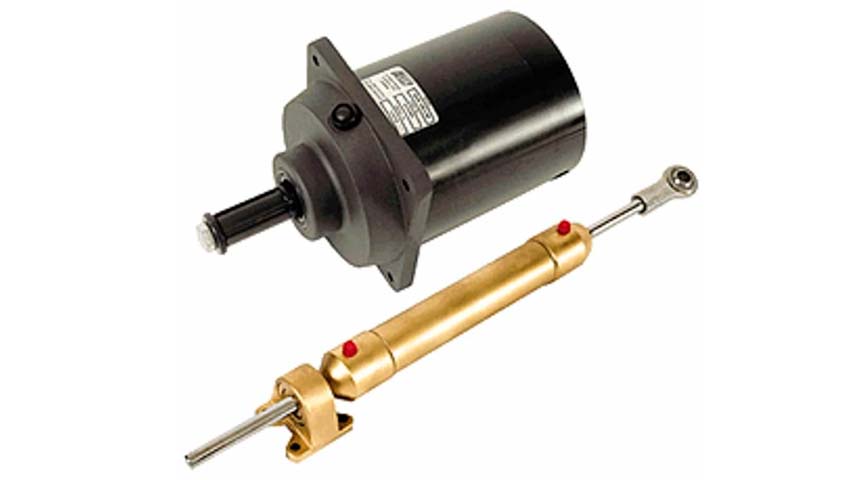Ships and boats are usually steered with a rudder. Depending on the size of the vessel, rudders can be manually actuated, or operated using a servomechanism, or a trim tab/servo tab system. Boats using outboard motors steer by rotating the entire drive unit. In Vessels, Hydraulic Steering System or power steering helps drivers steer by augmenting steering effort of the steering wheel. Hydraulic steering system makes handling high-torque engines and high-speed boats easy and safe. Feedback is eliminated and holding a steady course is simplified because no steering effort is required until you actually want to turn the engine or rudder.There are two basic parts to a hydraulic system: the helm and the cylinder. More complicated systems may have fluid reservoirs, specialized valves, relief valves, autopilot pumps, etc.
The helm consists of a hydraulic pump and a system of valves, which pumps fluid into the hydraulic lines. The pump is activated by turning the steering wheel, which causes a “swash plate” to press on a series of small piston pumps. The use of small pistons and ball bearings makes the pump action very smooth—nothing like a normal piston pump. The internal valve assembly acts as a check valve, preventing the outgoing fluid from returning, while effectively eliminating kickback to the wheel. In the most popular systems, the helm serves several functions, incorporating a hydraulic fluid reservoir and a relief valve as well. Some systems have a helm, reservoir and relief valve as separate components.
The cylinder consisting of a ram, bored cylinder and attaching hardware, the cylinder is moved by fluid pumped from the helm when the wheel is turned. The current generation of outboard-mounted cylinders makes installation easy, since they use the tilt tube of the engine for support, and act directly on the engine’s steering attachment point. In other words, the cylinder acts between two points on the outboard, and exerts no force on the boat’s hull or deck. This type of cylinder is what is known as a balanced cylinder, meaning that port and starboard deflections take the same amount of hydraulic fluid. This, in turn, makes it ideal for autopilots, since they act symmetrically port and starboard.


